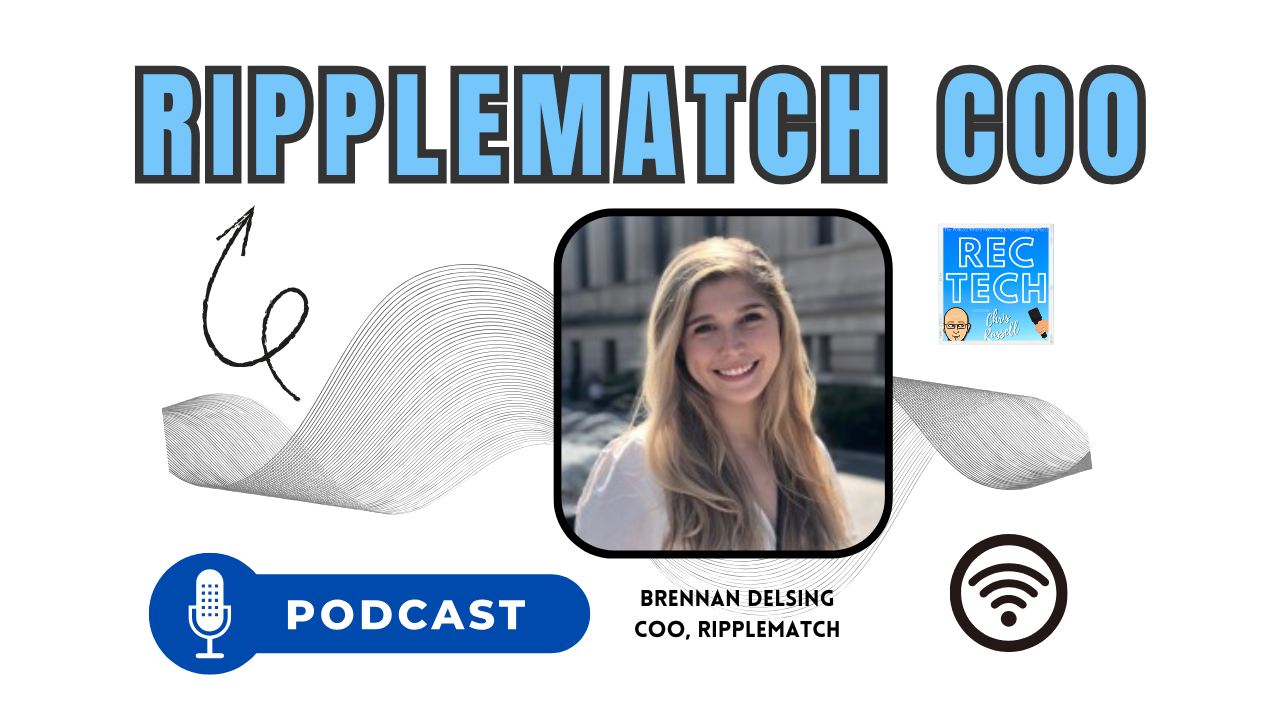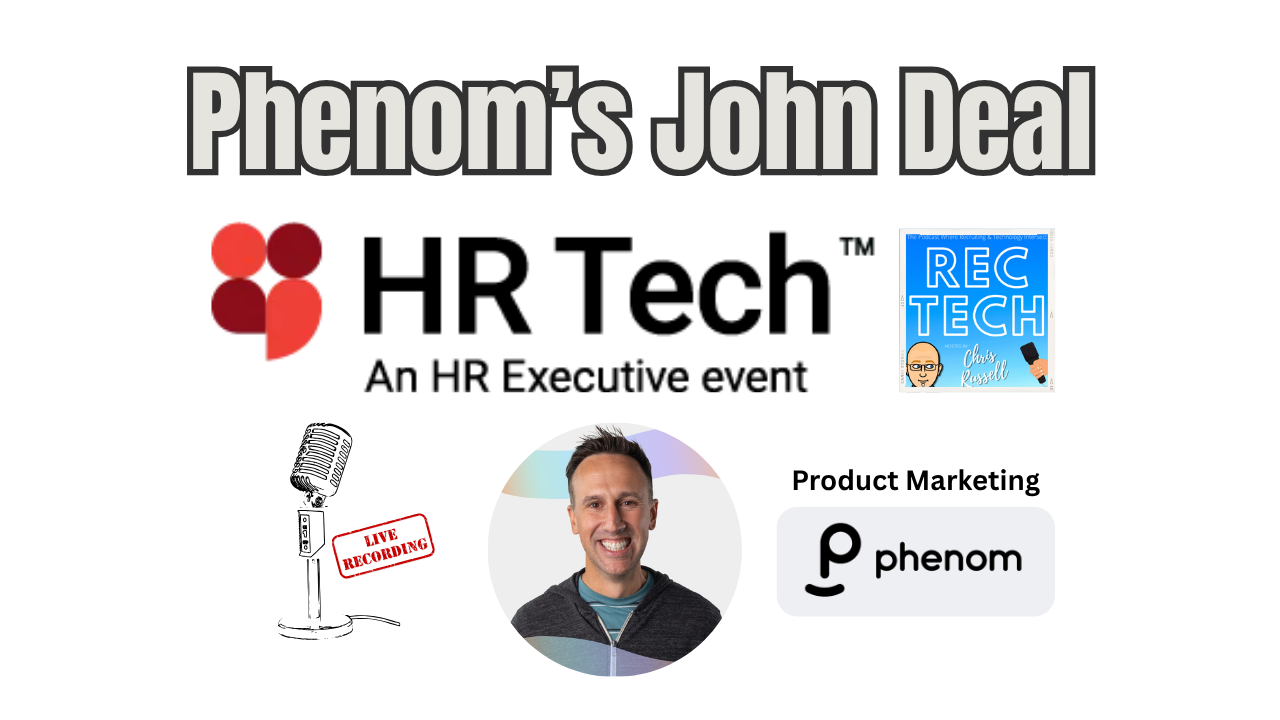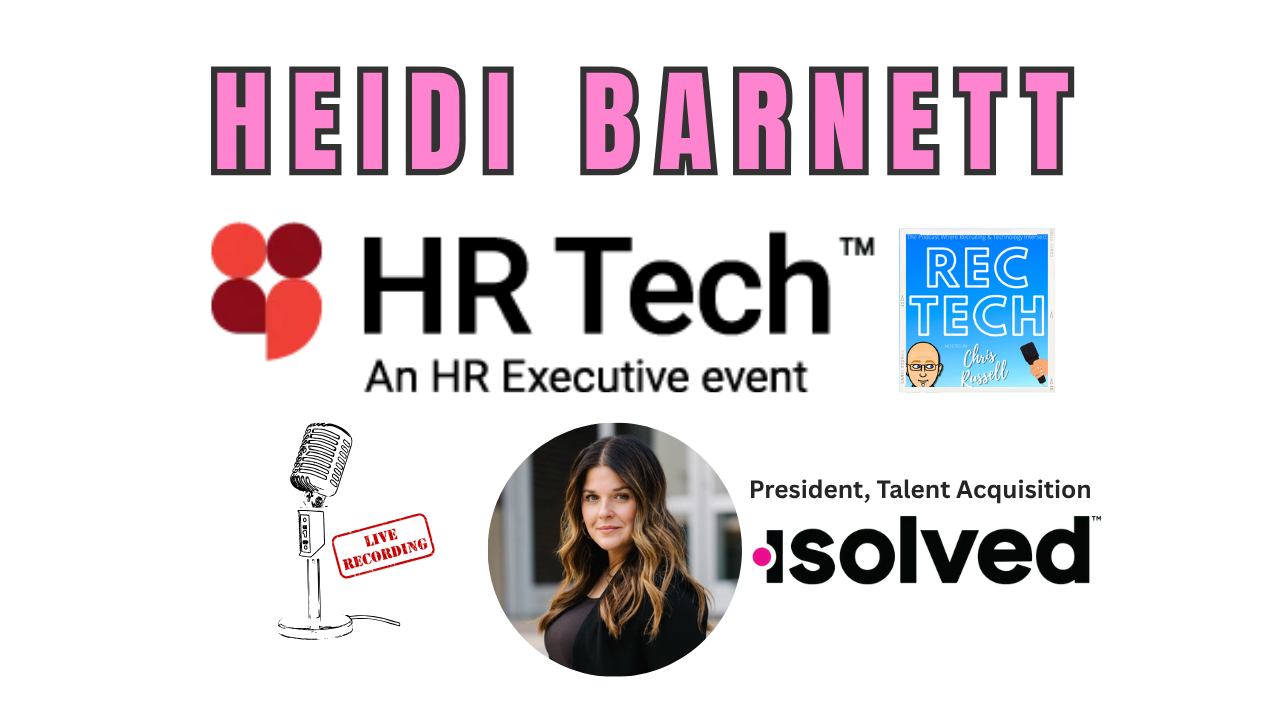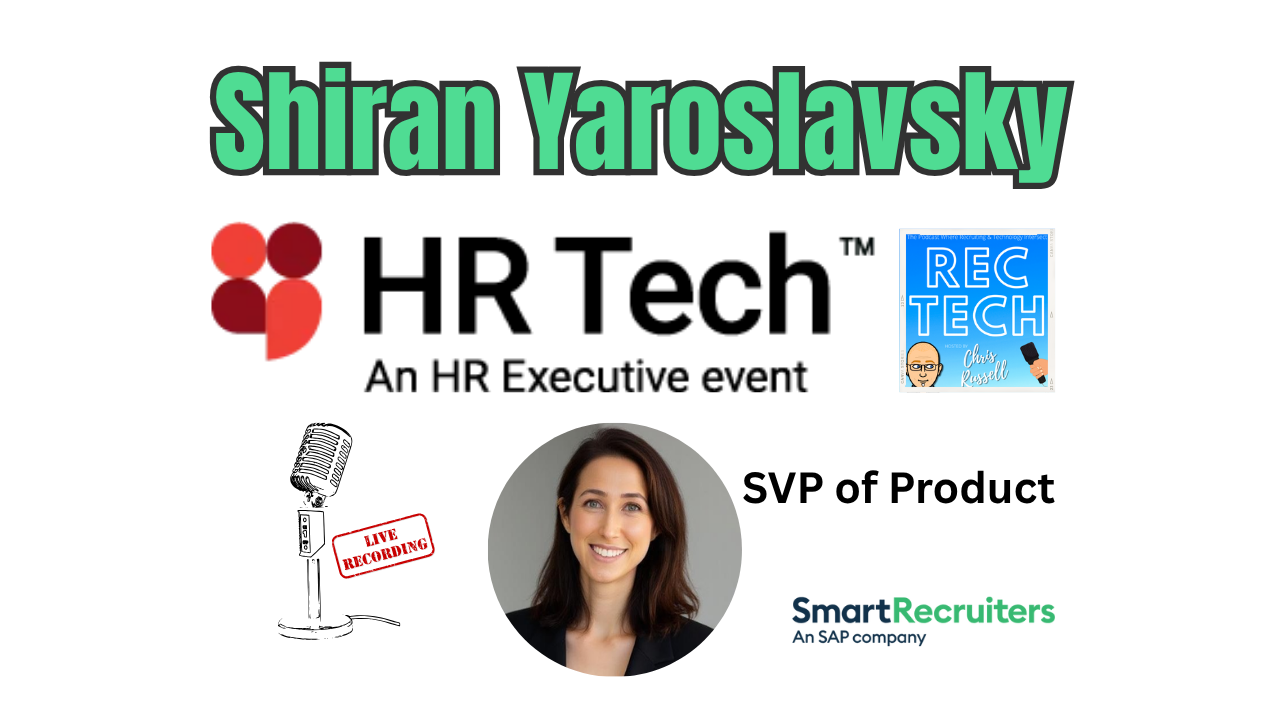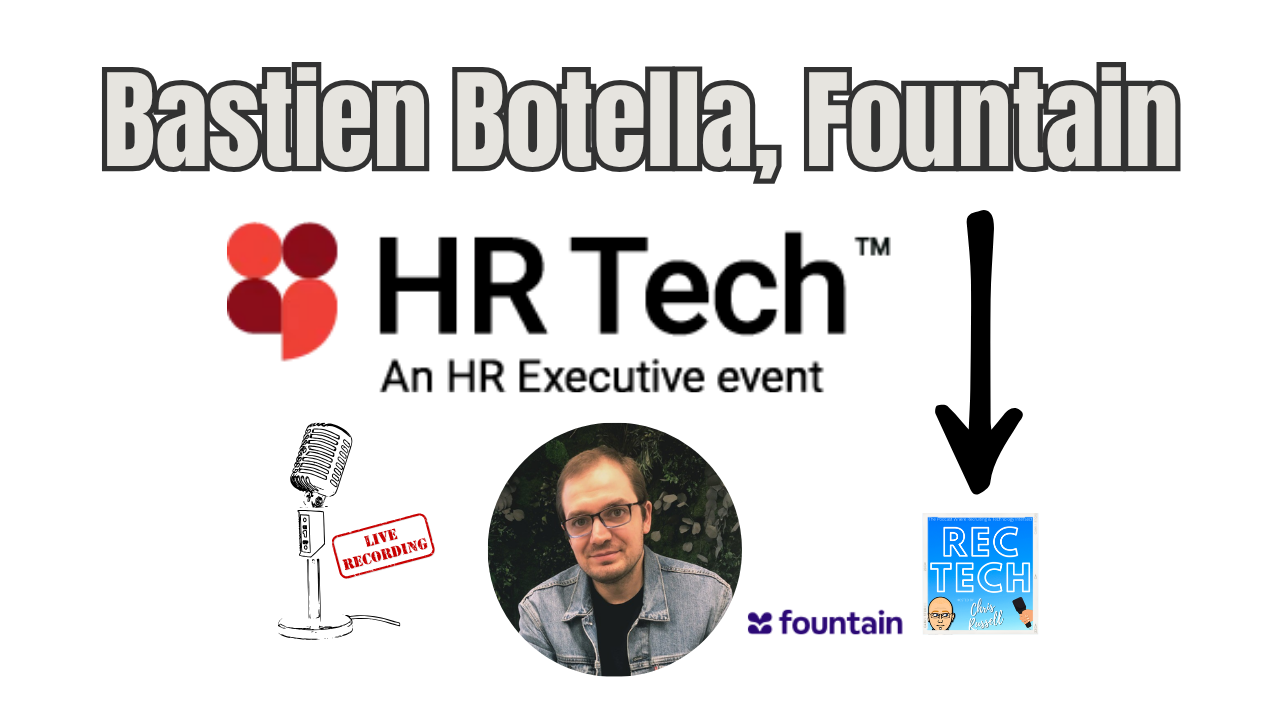Incredible Health: Revolutionizing Healthcare Recruitment with AI and Marketplace Innovation
In a recent episode of the RecTech Podcast, Iman Abuzeid, CEO and cofounder of Incredible Health, shared the inspiring story and groundbreaking strategies behind the healthcare recruitment startup now valued at $1.65 billion. Founded eight years ago and headquartered in San Francisco, Incredible Health set out to solve one of America’s largest labor crises: chronic healthcare staffing shortages. Today, it connects over 1.5 million U.S. nurses—one out of every three nurses in the country—with 1,500 top healthcare employers including major systems like Kaiser Permanente, Trinity Health, and Johns Hopkins.
A Reverse Marketplace Model That Empowers Nurses
From the start, Incredible Health flipped the traditional hiring model. Rather than nurses applying to employers and facing long response times, the platform allows employers to apply to qualified nurses. Candidates create a profile, are screened quickly via automation and human review, and receive interview requests—sometimes the same day. This model has drastically reduced hiring from a typical 60–80 days down to just 20 days, saving health systems millions by cutting expenses related to overtime and temporary staffing.
Growth Through Product Innovation and Generational Engagement
Incredible Health doesn’t only match nurses and employers; it also invests in retaining and empowering its community. The platform offers free continuing education, salary estimators, and a social community. These features, combined with strong word of mouth and ongoing support for career advancement, keep nurses highly engaged and active on the platform—a key reason for Incredible Health’s lead over general job networks like LinkedIn in the U.S. nursing market.
Game-Changing AI Voice Agents: Gale and Lynn
At the forefront of healthcare recruitment tech is Incredible Health’s AI suite. The launch of two AI-powered voice agents, Gale (named after Florence Nightingale) and Lynn (named after Marilyn Gaston), represents a leap for both nurse candidates and employers. Gale acts as a 24/7 virtual career partner, assisting in interview prep, conducting mock interviews, and even generating high-quality resumes—particularly helpful for the 30% of nurses who begin their job search without one. Nurses give Gale a 90%+ approval rating, citing reduced anxiety and the convenience of support outside business hours.
Lynn steps in as an AI recruiter for employers, verifying credentials, conducting initial interviews, and actively “selling” the employer’s nurse-centric benefits. The feedback? Lynn shortens the phone screening process from four days to same-day turnaround, boosts candidate engagement, and saves recruiters up to 800 hours annually. The AI never replaces human decision-making: after each interview, Lynn generates a detailed summary for human recruiters to review, adhering to evolving state compliance regulations.
Customization, Compliance, and Market Leadership
Incredible Health’s AI solutions are highly customizable, enabling each employer to tailor questions and workflow integration to their specific needs. The system easily integrates with various applicant tracking systems, streamlining how hospitals manage all nurse applicants through a single platform. With an eye on both long-term compliance and the nuances of clinical roles, Incredible Health has trained its AI on millions of nurse interactions over its eight-year history.
Expanding the Vision
Looking ahead, Abuzeid revealed plans to expand Incredible Health’s technology and marketplace to allied health professionals, technicians, and physicians—addressing the full spectrum of clinical hiring needs across U.S. healthcare.
Conclusion
Incredible Health’s unique approach—pairing a reverse-marketplace model with AI-driven, nurse-centered technology—has rapidly transformed it into the nation’s leading hiring engine for permanent healthcare staff. By prioritizing speed, user experience, and technological innovation, the company isn’t just facilitating hires; it’s shaping the future of healthcare careers in the U.S.
For more success stories and the latest on recruiting technology, subscribe to the RecTech Podcast or visit incrediblehealth.com.

